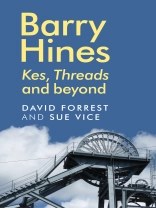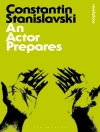Barry Hines’s novel A Kestrel for a Knave, adapted for the screen as Kes, is one of the best-known and well-loved novels of the post-war period, while his screenplay for the television drama Threads is central to a Cold War-era vision of nuclear attack. But Hines published a further eight novels and nine screenplays between the 1960s and 1990s, as well as writing eleven other works which remain unpublished and unperformed. This study examines the entirety of Hines’s work. It argues that he used a great variety of aesthetic forms to represent the lives of working-class people in Britain during the 1960s, 1970s, 1980s and into the post-industrial conclusion of the twentieth century. It also makes the case that, as well as his literary flair for poetic realism, Hines’s authorial contributions to the films of his novels show the profoundly collaborative nature of these works.
Tabla de materias
Foreword by Tony Garnett
Introduction: Kes, Threads and beyond
1 Poetry with purpose and the journey to Kes: Billy’s Last Stand, The Blinder, A Kestrel for a Knave and Kes
2 The politics of hope in 1970s Britain: First Signs, Speech Day, The Gamekeeper, Tom Kite, The Price of Coal
3 Thatcherism and South Yorkshire: Looks and Smiles, Unfinished Business, Fun City, Threads
4 Imagining post-industrial Britain: The Heart of It, the miners’ strike plays, Looking at the Sun, Shooting Stars, Born Kicking, Elvis Over England
Conclusion
Index
Sobre el autor
Sue Vice is Professor of English Literature at the University of Sheffield












